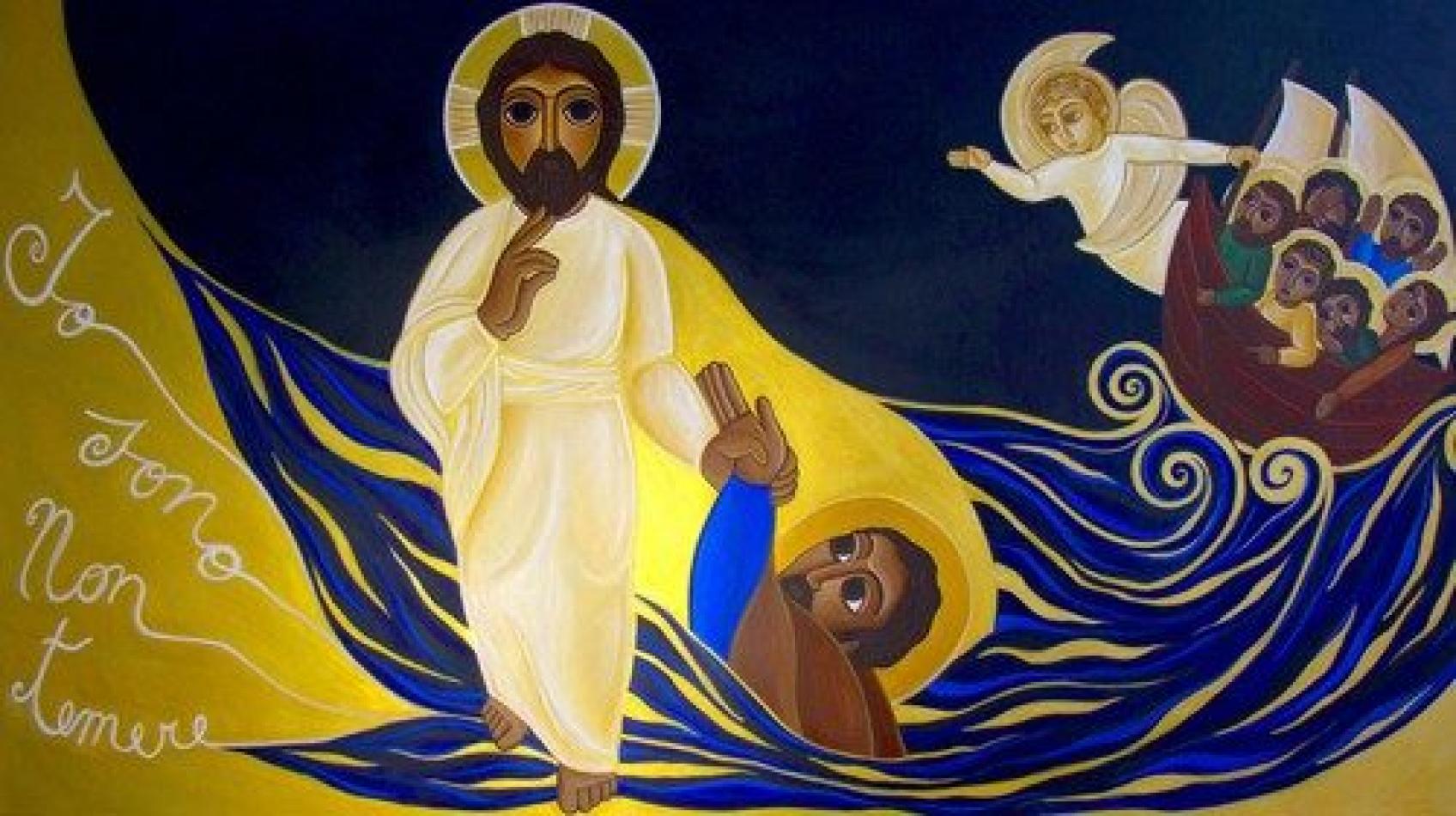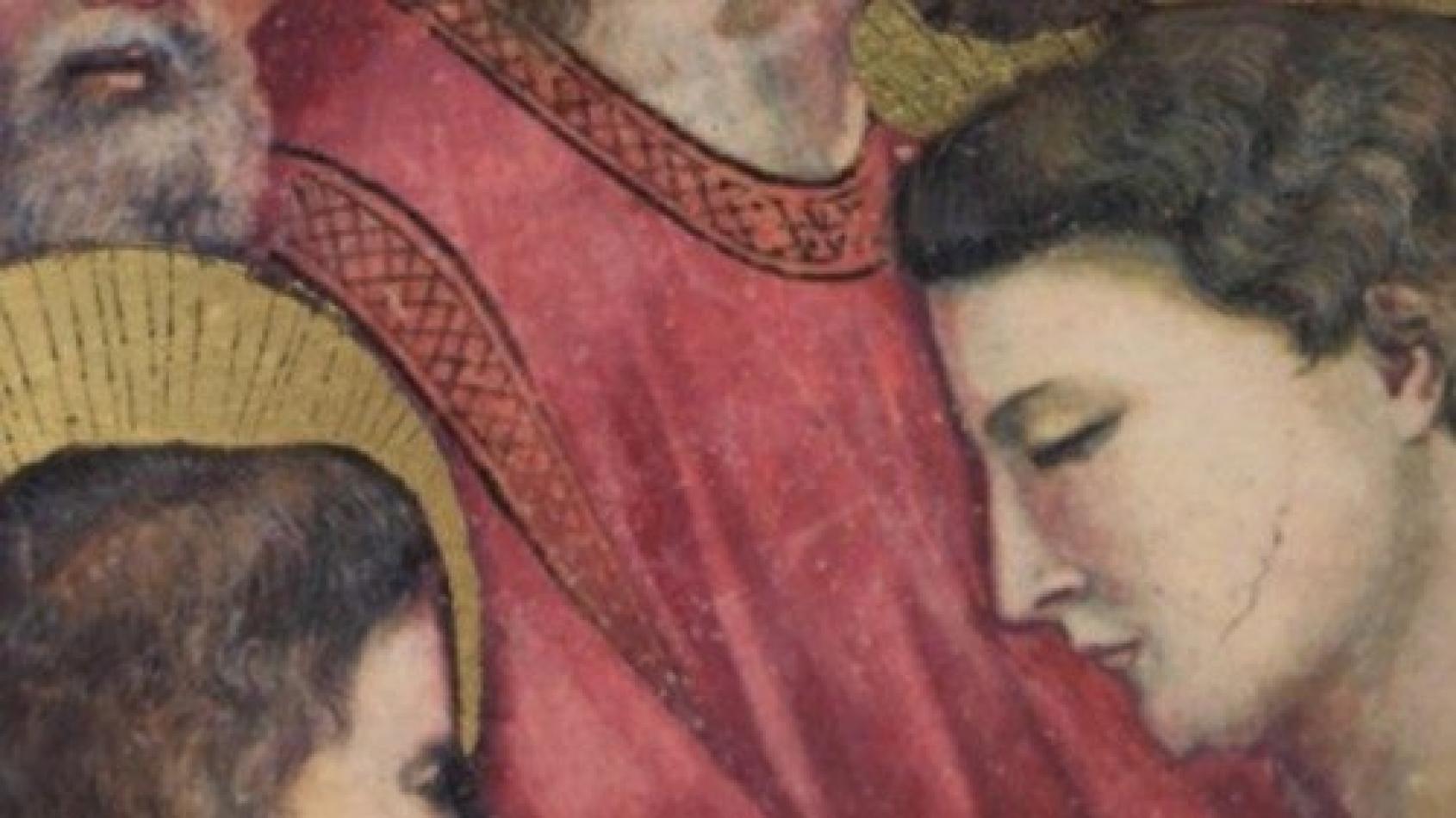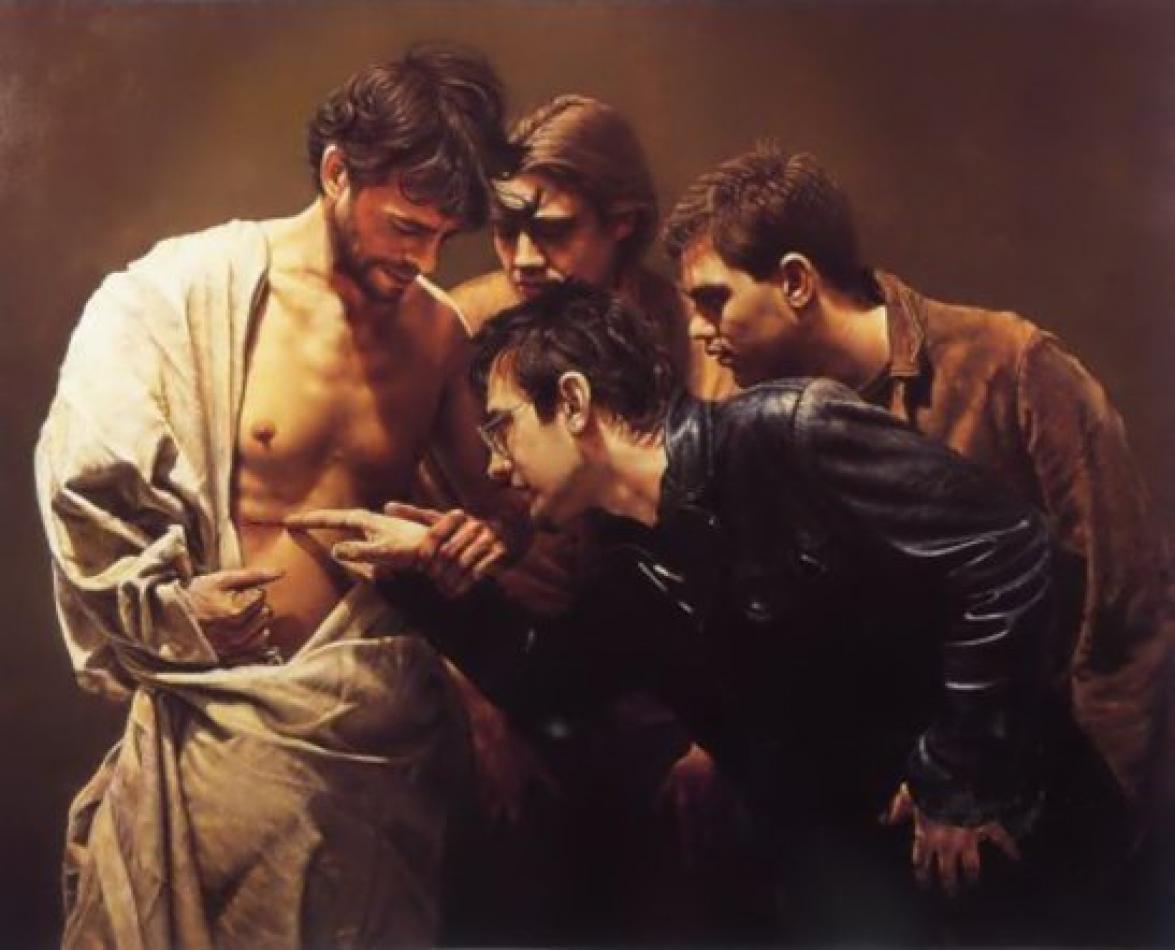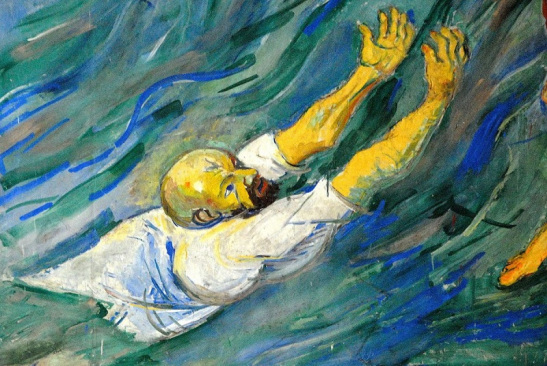Daniel Comboni
Comboni Missionaries
Institutional area
Other links
Newsletter
The disciples, nourished with the bread offered by Jesus (Mt 14:13-20), now receive the order to get moving, to get into the boat to the other side. Like Elijah, a revelation of the Lord awaits them. There are several strange details in this episode. It’s not easy to find a reason for the order given by Jesus.
Matthew 14:22-33
GOSPEL REFLECTION
“Get up and eat, for the journey is too long for you,” the angel of the Lord said to Elijah fleeing into the wilderness. “The prophet stood up, ate and drank and on the force of that food, he traveled forty days and forty nights to Horeb, the mount of God” (1K 19:7-8).
To this famous story of the gift of bread and water by the angel to Elijah, the revelation of the Lord narrated in the First Reading followed.
In the Gospel passage, the scene is repeated. The disciples, nourished with the bread offered by Jesus (Mt 14:13-20), now receive the order to get moving, to get into the boat to the other side. Like Elijah, a revelation of the Lord awaits them.
There are several strange details in this episode. It’s not easy to find a reason for the order given by Jesus. Why does he let them go by themselves? Where must they go at this hour? Why doesn’t he go with them?Why does it take them too long to cross the lake? I do not think it’s because of the bad weather that he calmly goes up the mountain to pray and stay there until towards morning (v. 25). The claim of Peter to walk on the water is especially striking and—in the case of a proven swimmer—his fear of drowning (Jn 21:7).
These unique details make the exegete suspicious. They are an invitation to approach the passage with caution because it is not the story of a miracle, but a page of theology written with biblical images.
Some of these images are well known. The darkness of the night, first of all, is present, with its charge of negative meanings, in a number of Old Testament texts. Recall, for example, the psalmist who, on the night of his pain cries out to God without finding rest (Ps 22:3). It is with this darkness that the disciples are to confront themselves. When evening came, Jesus “forces them” (this is the verb used in the original text) to get into the boat and head to the “other side.” One gets the impression that they are reluctant and that they would like to stay next to the Master. However he, after having fed them with his bread, wants them to leave, to undertake the dangerous journey alone. The food he gave them is his Word and his own person present in the sacrament of the Eucharist. Nourished by this dual bread, they have the necessary strength to accomplish the difficult crossing.
If Jesus was visibly present on the boat, the darkness would disappear; instead, the darkness is thick.
When evening came (v. 13) indicates, in the symbolic language of the evangelist, the conclusion of Jesus’ day. It is the end of his life. It is the moment in which he “climbs the mountain” alone, moves away from the crowds and definitely enters the world of God. This is why the disciples find themselves in the dark. Darkness is the image of disorientation, doubt that captures even the most convinced believer. At times, even one who is driven by a strong faith feels alone. He undergoes the harrowing experience of God’s silence and wonders if his choices, his sacrifices, his commitment to the good have a sense.
Then there is the headwind. The Israelites have had the experience of the “mighty wind unleashed over the desert” that strikes and brings down the house (Job 1:19). They know the “east wind that shatters the ships”(Ps 48:8) and the “tempestuous wind” which whips up the waves, shakes ships plunging them to the depths, reeling like drunkards, in spite of all their seamanship (Ps 107:26-27).
The author of the Letter to the Ephesians employs this image to describe the senseless reasoning of people, the mentality of this world opposite to that of Christ. To the Christians of his communities Paul recalls: “Then no longer shall we be like children tossed about by any wave or wind of doctrine and deceived by the cunning of people” (Eph 4:14).
The waters were, in the Old Testament, images to describe the forces that lead to death. The psalmist, afflicted by a serious illness that is leading him to the grave, cries out to the Lord: “From above, reach down and draw me out of the deep waters” (Ps 144:7); another, having been healed, says: “A deadly flood surrounded me, devilish torrents rushed at me … Reaching down from above, he drew me out of the deep waters” (Ps 18:5,17). The Lord promises to his people: “When you pass through the waters, I will be with you, the rivers will not sweep over you” (Is 43:2).
The Israelites were always afraid of waters. They said, only the Lord is not afraid of whirlwinds and storms.He who, by his word, separated the “waters below and the waters above it” (Gen 1:7). He alone can “hush the billows to silent waves” (Ps 107:25-30); and he is the only one who “treads on the waves of the sea” (Job 9:8).
If one keeps in mind this symbolism, he understands the fear of the disciples. They fear of being overwhelmed by the forces of evil and death. They are in the dark and do not perceive the Master next to them. A dramatic situation, but inevitable, and they have to face it.
The boat was tossed about by the waves. The original text uses here the Greek verb basanizo which properly means “to put to the test.” The basanos was the hard stone used in Lydia in order to verify, through a violent friction, if a metal was valuable or worthless.
The waves torment almost torture the disciples, but they are the necessary tests they have to undergo if they want to get out of it maturely.
Towards the end of the night, Jesus appears, walking on the waves of the sea, as only God was capable of doing (Job 9:8). The disciples do not recognize him. They believe of having something to do with a ghost. Their reaction is really strange. What happened? Why can’t they recognize him?
We are not confronting a factual written account but a page of theology. Matthew is describing, with the biblical language, the situation of the Christian communities of his time. They were “tormented” by many trials, distressed by doubts and above all disoriented by the fact of not having the Master visibly with them, who would have infused safety and courage in them.
The evangelist wants to enlighten them. Jesus is always close to his disciples, even to the end of the world,as he has promised (Mt 28:20), but not physically, as when he walked the roads of Palestine. He is present in a different way, as a ghost. This is the pale image used in the Gospels to describe the Risen Lord and his new condition of life. When, on the day of Easter, he appears in the midst of the disciples gathered together, “in their panic and fright, they thought they were seeing a ghost” (Lk 24:37).
It’s not easy to be aware of his presence. He becomes recognizable only with the eyes of faith.
The second part of the passage (vv. 28-33) contains the dialogue between Jesus and Peter. It starts with the request of the apostle: “Lord, if it is you, command me to come to you on the water” (v. 28). His question is odd, but only for one who takes it in a literal sense. If it is understood in the symbolic context of the whole story, then the meaning immediately comes out clear. Peter, the first of the disciples, beholds the Master—The Risen One—who crossed the waters of death, now walking on the sea, is in God’s world. Peter knows he is called to follow him in the gift of life, but death scares him. He fears of not succeeding and asks the Lord to give him strength.
As long as he keeps his eyes fixed on the Master, he is able to go to him. When his faith diminishes, when he begins to doubt the choice he made, he sinks and is afraid of being overwhelmed, of losing his life.
It is the description of our condition. “Come to me now—the Risen Lord repeats to every disciple. Do not be afraid of losing your life. If you hesitate, death will make you afraid. If you trust my word, the waters of death will not scare you, and you will cross over and catch up with me in the resurrection.”
READ: Jesus reaches out to the disciples in trouble, walking up to them on the water. Those in the boat bowed down before Jesus saying, “Truly you are the Son of God.”
REFLECT: Jesus asks Peter, “Why did you doubt?” Jesus challenges the sudden loss of faith of Peter in the midst of turbulence. What would God be asking us when we meet Him face- to-face?
PRAY: Let us ask God to probe our innermost being and lead us to conversion.
ACT: Today is a good day to make a confession of faith regarding who Jesus is for me. I will take some time and proclaim with my whole being that Jesus is my Lord and Savior.
Fernando Armellini
Italian missionary and biblical scholar
https://sundaycommentaries.wordpress.com





